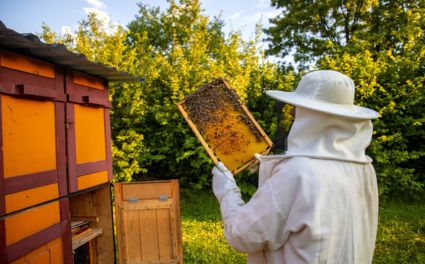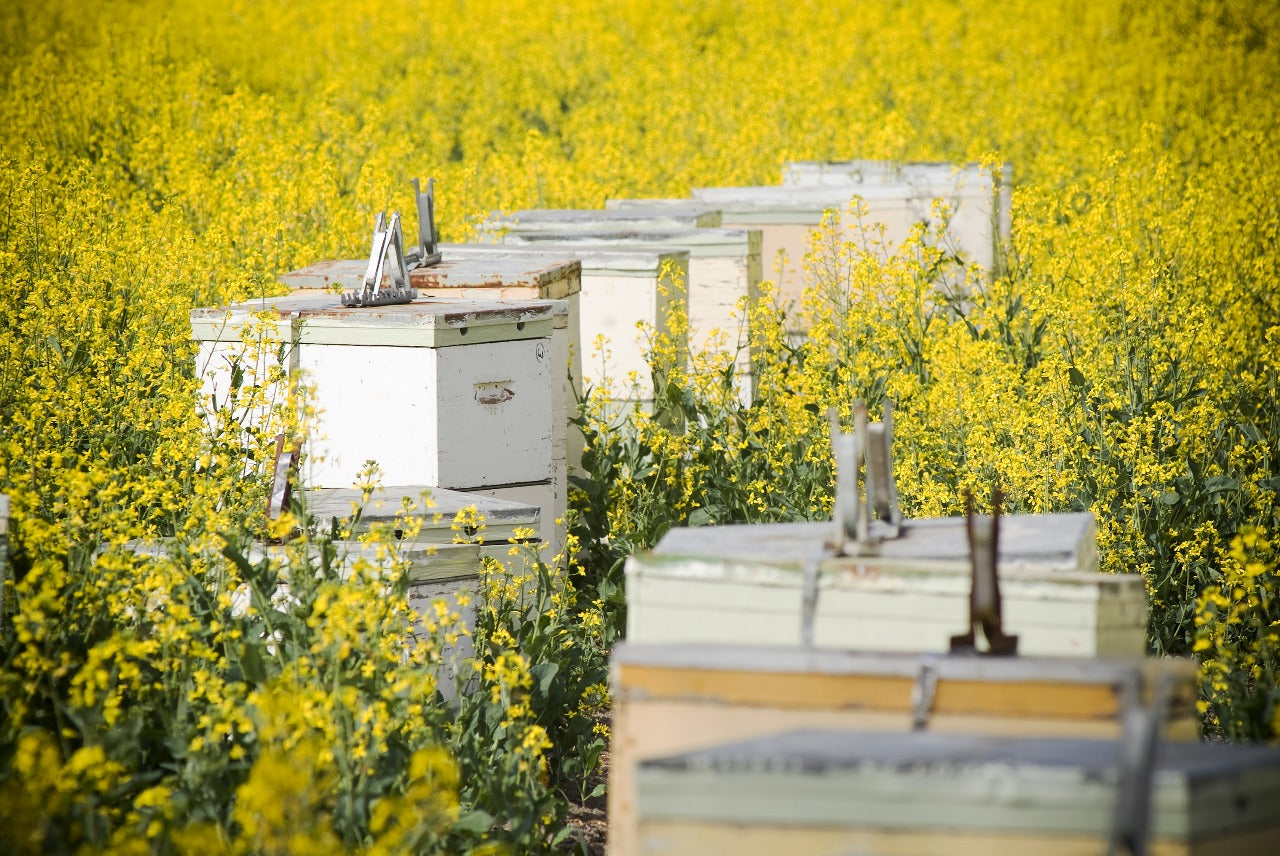Have you noticed more mite trouble lately? Here’s why you need to act fast
If you've been keeping bees for any length of time, you know that Varroa mites are public enemy number one in the beekeeping world. These relentless parasites don’t just latch onto your bees—they drain their strength, spread deadly viruses, and can collapse entire colonies in what feels like the blink of an eye.
The worst part? You often don’t even realize how bad the infestation is until it’s too late. That’s where Amiflex Varroa treatment comes in, a proven, powerful tool designed to help beekeepers like you fight back against mites and keep your colonies thriving.
What Makes Amiflex Stand Out From Other Varroa Treatments?
With so many Varroa treatments out there, you might be wondering why choose Amiflex. Well, beekeepers who have used it say it offers a highly effective, effort-free way to keep mite populations under control.
Not like some treatments that require constant reapplications or can harm your bees if not used properly, Amiflex works consistently and reliably to kill mites without putting your colony at risk.

Does Amiflex Actually Work? The Proof Is In The Hive
Let’s be real—no beekeeper wants to waste time or money on a treatment that doesn’t deliver results.
The good news? Amiflex efficacy has been extensively tested, proving it effectively disrupts the mite life cycle, significantly reducing their numbers. Many Amiflex user reviews highlight noticeable improvements in colony health, stronger bees, and even increased honey production after using the treatment.
The secret? Its carefully balanced active ingredients are lethal to mites but gentle on your bees.
The Right Way To Apply Amiflex For Maximum Effectiveness
If you want the best results, you’ve got to apply Amiflex the right way.
Here’s how to do it:
-
Start By Assessing Your Mite Levels:
Before applying Amiflex, test your colony’s mite load using proper Varroa monitoring techniques. A complete beekeeping kit with suits and tools makes this process simpler. -
Choose The Right Application Method:
The best Amiflex application methods depend on your hive setup and climate. Whether you prefer slow-release strips or vaporization, following Amiflex safety guidelines is key to making sure your bees stay safe. -
Monitor Mite Drop After Treatment:
After applying Amiflex, keep an eye on mite fall using the Varroa monitoring board. If you’re still seeing high mite counts, a second application may be necessary.
Are Your Bees Trying To Tell You Something? Signs You Need To Treat Now
Wouldn’t it be great if bees could just tell us when they need help? Since they can’t, we have to watch for signs that mites are taking over.
Here’s what to look out for:
-
Bees with deformed wings or missing legs (classic signs of the deformed wing virus).
-
A declining bee population despite plenty of food stores.
-
Irregular or scattered brood patterns.
-
Increased aggression or unusual behavior in your colony.
If you notice any of these red flags, don’t wait to test for mites and take action immediately.
Keeping You And Your Bees Safe: Amiflex Safety Guidelines
Beekeepers put their heart and soul into protecting their colonies—but personal safety is just as important. Amiflex safety guidelines include:
-
Wearing a full beekeeping suits, like the OZ Armour ventilated beekeeping suit, to prevent accidental exposure.
-
Applying the treatment during the early morning or late evening to minimize bee stress.
-
Keeping Amiflex away from honey supers during peak nectar flow to maintain honey purity.
-
Following Amiflex storage instructions to make sure it remains potent for future use.
Don’t forget to also wear beekeeping gloves and a beekeeping veils for complete protection during treatment.
What If You Want To Explore Alternative Varroa Treatments?
Amiflex is a great solution, but smart beekeepers know that having multiple tools in the fight against mites is crucial. Some alternative Varroa treatments worth considering include:
-
Oxalic Acid Vaporization: A great option during broodless periods when mites are most exposed.
-
Formic Acid Treatments: Works inside capped cells to kill mites hiding in developing brood.
-
Screened Bottom Boards: A passive method that encourages mites to drop away from bees.
-
Breeding Mite-Resistant Bees: A long-term approach to naturally reducing mite infestations over time.
You can also support overall hive health with high-quality beekeeping equipments and a reliable beekeeping smoker.
How Should You Store Amiflex To Keep It Effective?
Like any treatment, proper storage ensures that Amiflex remains effective when you need it. Amiflex storage instructions recommend keeping it in a cool, dry place, away from direct sunlight.
Always check the expiration date before use and ensure the container is sealed tightly to avoid contamination.

Don’t Let Varroa Mites Steal Your Hard Work!
Beekeepers know that a thriving apiary requires constant vigilance. Varroa mites are one of the greatest threats to honeybee health, but with smart hive management and the right tools, your bees can continue to flourish.
Amiflex Varroa treatment is a powerful ally in the battle against mites, helping you keep infestations under control without compromising colony health.
If you’re serious about protecting your bees, don’t leave things to chance. Regular monitoring, correct treatment applications, and high-quality gear like:
-
Beekeeping suits
-
Beekeeping gloves
…are essential for safe, productive hive maintenance.
👉 Read more blogs about beekeeping to discover expert tips, seasonal care advice, and product insights to help your hives thrive.













